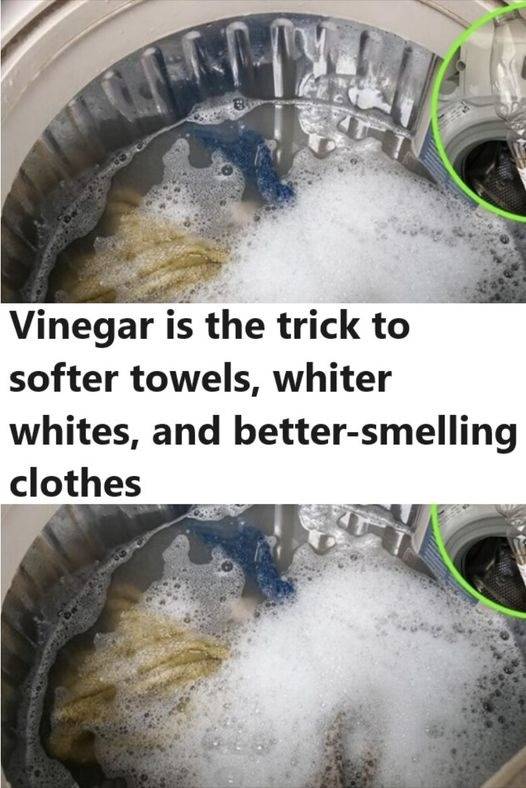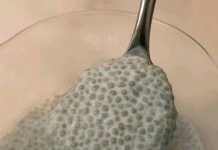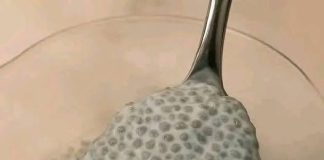When your once-luxurious towels start feeling scratchy or hard, it’s usually due to buildup on the fabric. Over time, detergent residue, fabric softener coatings, minerals from hard water and trapped oils can clog the cotton fibers. This buildup prevents the loops of the towel from absorbing water and fluffing properly. The result: rough texture, poor absorbency and a hint of mustiness. The good news is that the issue isn’t irreversible — with a few smart tweaks you can revive towels and bring back that soft, plush feel.
How Vinegar Revives Towels
Plain white vinegar (distilled) is a simple, inexpensive tool that laundry experts often recommend for this problem. The acetic acid in vinegar helps break down residue and mineral deposits on towel fibers, which allows them to fluff up again and absorb water effectively. Using vinegar in the rinse or as a dedicated “revive” wash cycle removes the coating that fabric softeners leave behind and opens the cotton loops for better performance.
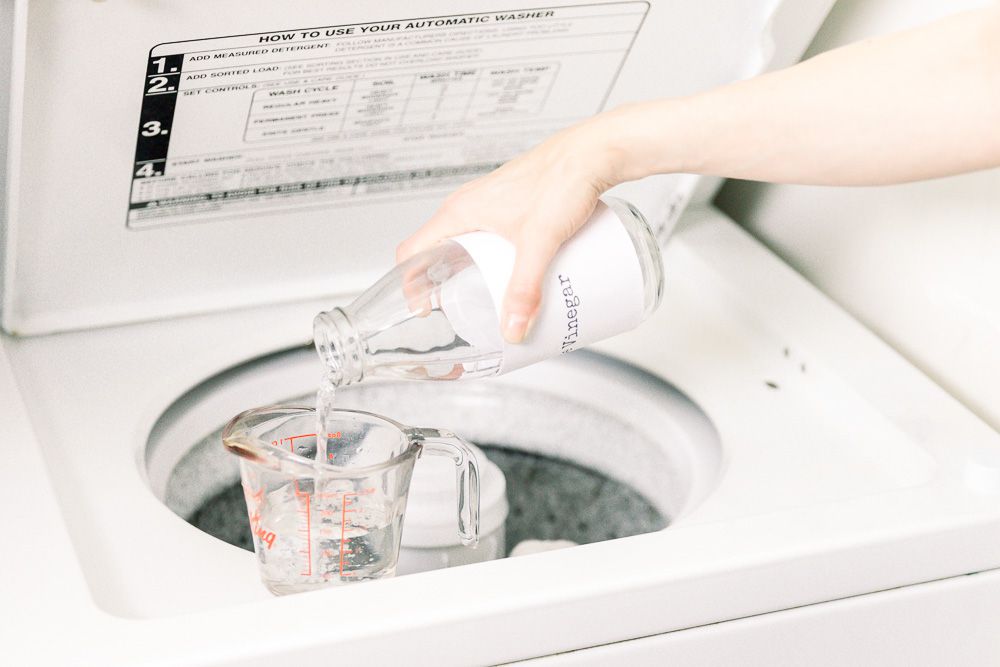
How to Use Vinegar for Soft Towels
Here’s a step-by-step approach you can follow:
- Choose a hot or warm wash cycle appropriate for your towels (check care label).
- If your towels feel severely stiff or musty, consider a two-step process: one wash with vinegar (no fabric softener) followed by another with baking soda or plain detergent to refresh and deodorize.
- For a standard refresh, add about ½ to 1 cup of white vinegar in the rinse cycle instead of fabric softener. Use less detergent than usual (too much detergent contributes to residue).
- Dry thoroughly — whether tumble drying on a moderate setting or air-drying with good airflow — and give towels a good shake once dry to help restore fluff.
Daily Maintenance Tips to Keep Towels Plush
Once you’ve restored the softness, follow these practices to keep it that way:
- Skip or minimize the use of fabric softener when washing towels — fabric softeners may leave a coating that reduces absorbency and leads to stiffness.
- Use a moderate amount of detergent. Too much soap means more residue left behind.
- Make sure towels are fully dry before storing. Damp towels or those left bunched up can develop smells or mildew.
- Use dryer balls or tumble drying on a lower setting rather than high heat — high heat can roughen fibres and fade colours.
- Every few weeks (or when you notice roughness creeping back), run a refresh wash using vinegar (and optionally baking soda) to strip away the buildup.
When to Be Careful
While vinegar is safe for most cotton towels and occasional use is widely regarded as helpful, it’s not a “do every day” fix. Excessive acidity could, over time, affect machine parts or fabrics with special finishes. So treat this as periodic maintenance rather than a permanent substitute for proper detergent and dryness habits.
Good Housekeeping
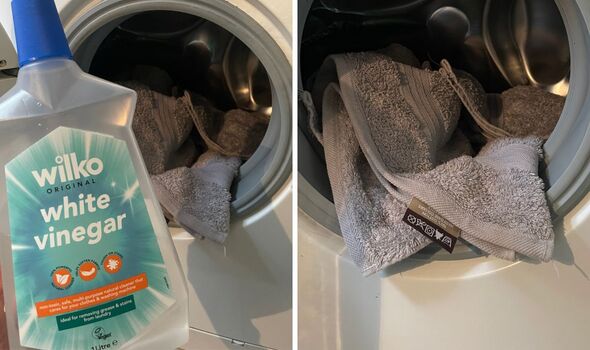
Final Thoughts
In short: if your towels feel stiff, scratchy or simply lack the plushness they once had, you don’t need to toss them and buy new ones just yet. A targeted wash with white vinegar (and good drying habits) can revive them, restore absorbency and reclaim that spa-like softness. Once they’re back to form, regular good practice will keep them soft and fluffy for longer — less residue, fewer shortcuts and better awareness of how the water, detergent and drying method interact. Your towels (and your drying off experience) will thank you.

